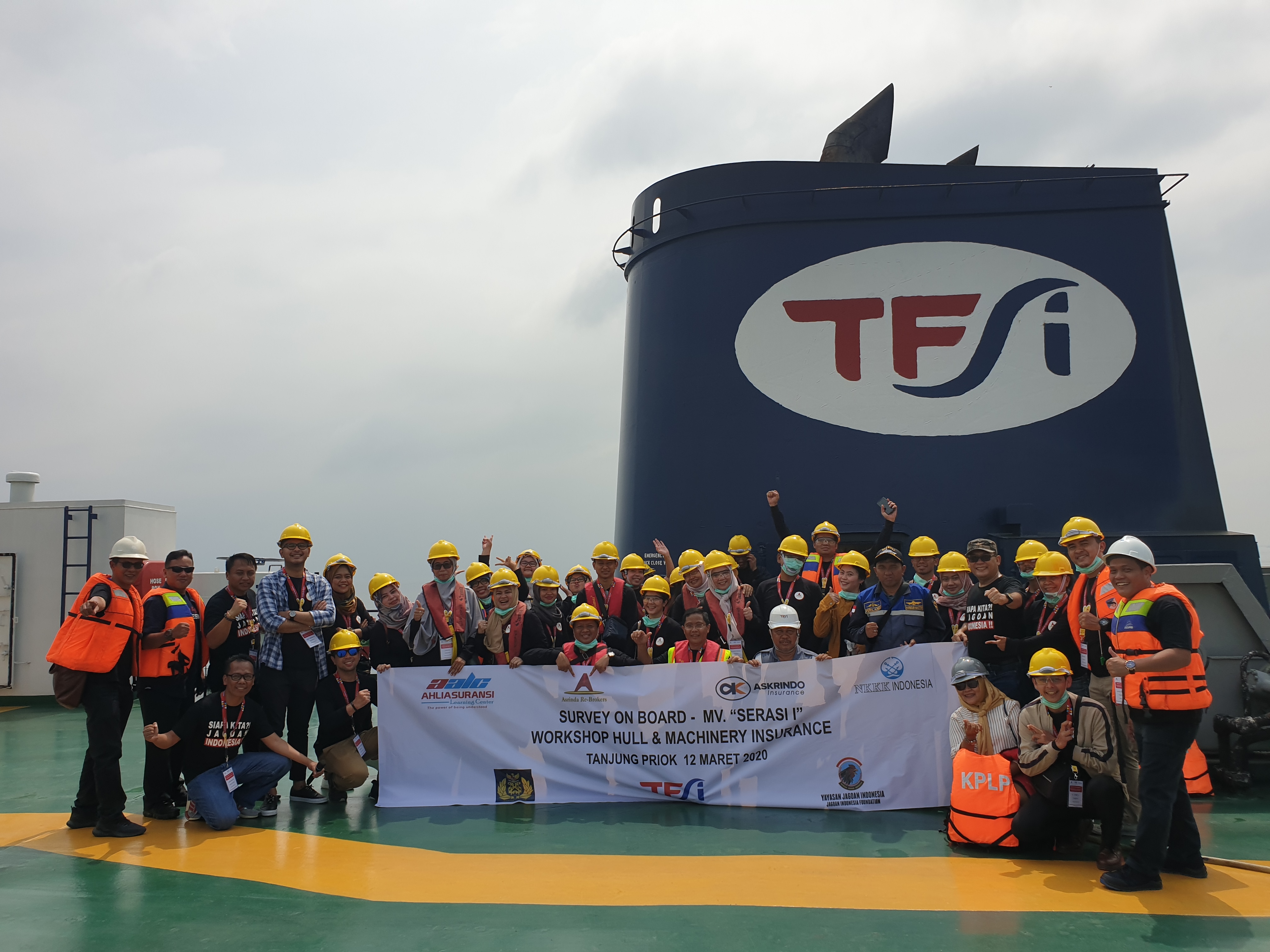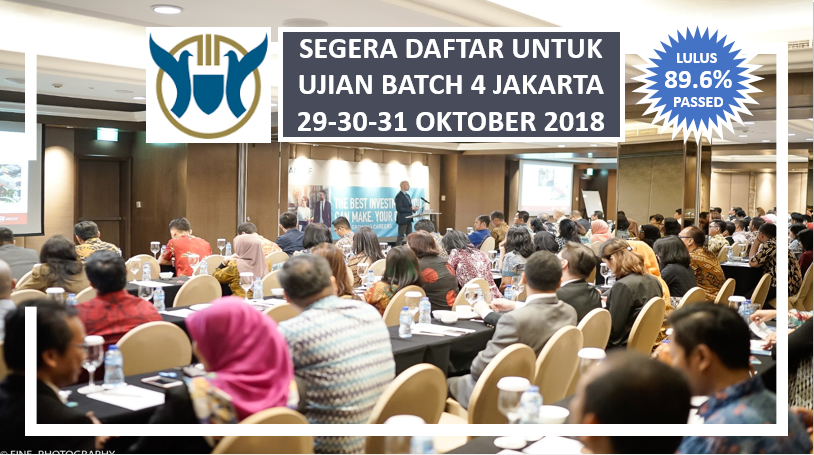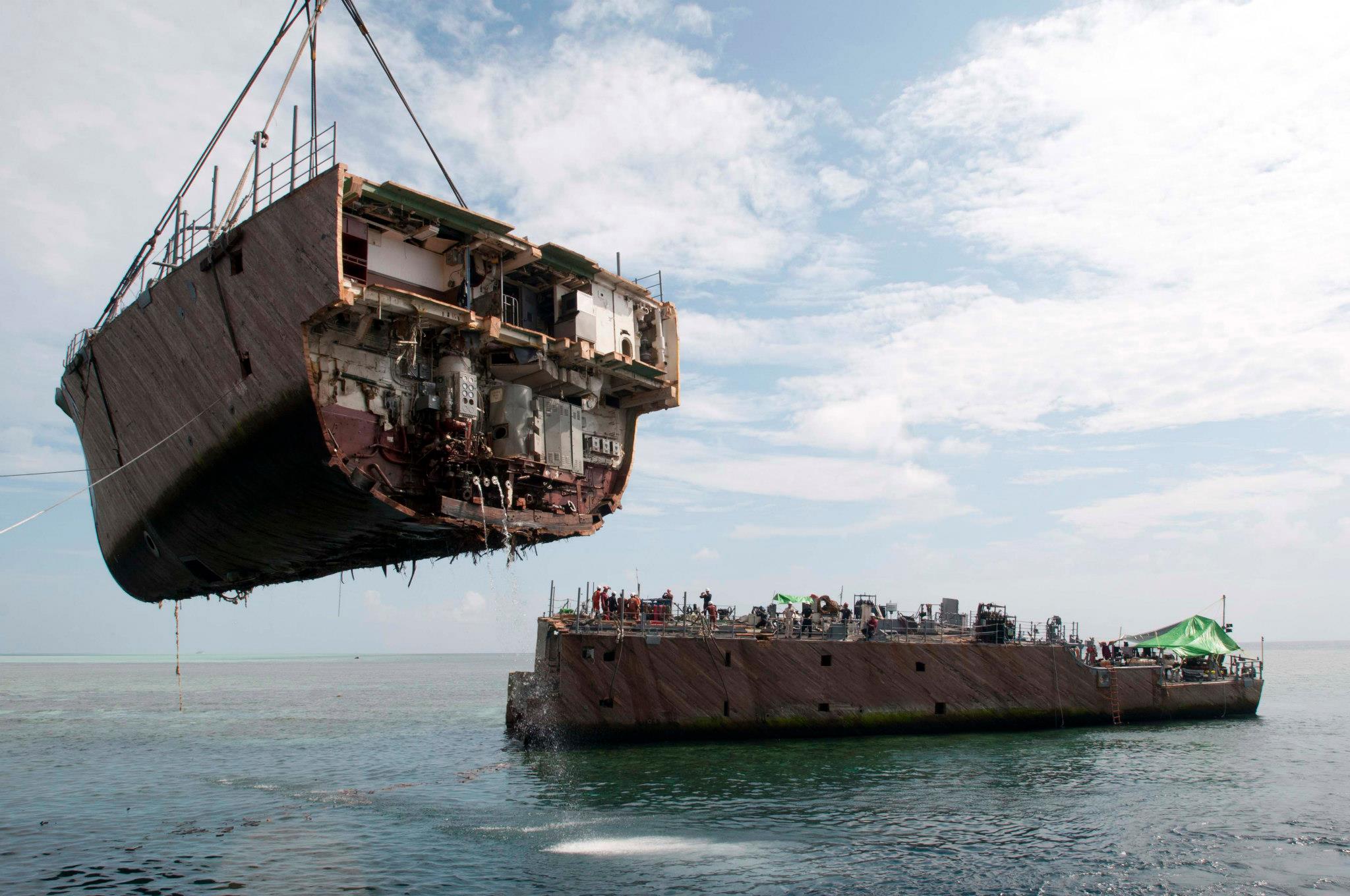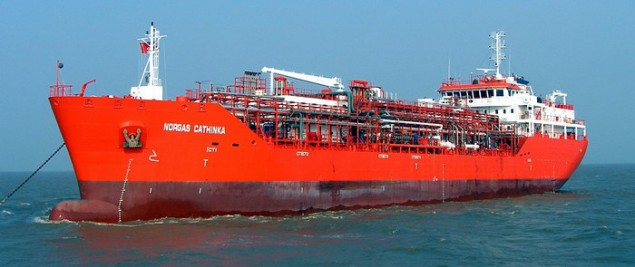Maritime Safety Conventions: SOLAS, COLREG, STCW-F, SAR, SUA, Etc
- Saturday, January 2, 2010, 16:25
- International Convention, Maritime Convention
- 68 comments
Maritime Safety Conventions: SOLAS, COLREG, STCW-F, SAR, SUA, Etc
The Convention is the first attempt to make standards of safety for crews of fishing vessels mandatory. The revised Document for Guidance on Training and Certification of Fishing Vessel Personnel produced jointly by IMO and the Food and Agriculture Organization (FAO) and the International Labour Organization (ILO) takes into account the provisions of the STCW-F Convention.
International Convention on Maritime Search and Rescue, 1979 – 22/6/1985
The 1979 Convention, adopted at a Conference in Hamburg, was aimed at developing an international SAR plan, so that, no matter where an accident occurs, the rescue of persons in distress at sea will be co-ordinated by a SAR organization and, when necessary, by co-operation between neighbouring SAR organizations.
International Convention on Standards of Training, Certification and Watchkeeping for Seafarers, 1978 – 28/4/1984
The 1978 STCW Convention was the first to establish basic requirements on training, certification and watchkeeping for seafarers on an international level. Previously the standards of training, certification and watchkeeping of officers and ratings were established by individual governments, usually without reference to practices in other countries. As a result standards and procedures varied widely, even though shipping is the most international of all industries.
International Convention for the Safety of Life at Sea (SOLAS), 1974 – 25/5/1980
The SOLAS Convention in its successive forms is generally regarded as the most important of all international treaties concerning the safety of merchant ships. The first version was adopted in 1914, in response to the Titanic disaster, the second in 1929, the third in 1948 and the fourth in 1960.
Convention on the International Maritime Satellite Organization, 1976 – 16/7/1979
IMO recognised the potential for satellite communications to assist in distress situations at sea soon after the launch of the world’s first telecommunications satellite, Telstar, in 1962.
International Convention for Safe Containers, 1972 (CSC) – 6/9/1977
In the 1960s, there was a rapid increase in the use of freight containers for the consignment of goods by sea and the development of specialized container ships. In 1967, IMO undertook to study the safety of containerization in marine transport. The container itself emerged as the most important aspect to be considered.
Convention on the International Regulations for Preventing Collisions at Sea, 1972 (COLREGs) – 15/7/1977
The 1972 Convention was designed to update and replace the Collision Regulations of 1960 which were adopted at the same time as the 1960 SOLAS Convention.
The Torremolinos International Convention for the Safety of Fishing Vessels, 1977 – 2/4/1977
The safety of fishing vessels had been a matter of concern to IMO since the Organization came into existence, but the great differences in design and operation between fishing vessels and other types of ships had always proved a major obstacle to their inclusion in the Conventions on Safety of Life at Sea (SOLAS) and Load Lines.
The carriage of large numbers of unberthed passengers in special trades such as the pilgrim trade in a restricted sea area around the Indian Ocean is of particular interest to countries in that area. It was regulated by the Simla Rules of 1931, which became outdated following the adoption of the 1948 and 1960 SOLAS Conventions.
International Convention on Load Lines, 1966 – 21/7/1968
It has long been recognized that limitations on the draught to which a ship may be loaded make a significant contribution to her safety. These limits are given in the form of freeboards, which constitute, besides external weathertight and watertight integrity, the main objective of the Convention.
Source, copied from:
http://www.imo.org/Conventions/mainframe.asp?topic_id=257
About the Author
68 Comments on “Maritime Safety Conventions: SOLAS, COLREG, STCW-F, SAR, SUA, Etc”
Trackbacks
- pergola companies
- landscaping phoenix
- artificial putting green
- phoenix sprinkler repair
- landscaping phoenix
- ai seo optimization
- box optimization
- goodyear ai seo
- surprize ai seo
- Get More Info
- umbrella search box optimization
- search box optimization service
- this page
- Get More Info
- phoenix ai marketing agency
- google search box optimization
- great post to read
- search box optimisation
- search box optimisation
- ai based call handling
- search box optimization scale suggest
- ai call answering bot
- ai phone chatbot
- internet search optimization
- ai executive assistant
- what is search box optimization
- search box optimization
- imp source
- business phone virtual receptionist
- search box optimization packages
- ai answering service
- autosuggest search box optimization
- ai powered phone agent
- search autocomplete
- search box optimization umbrella
- ai call center software
- search box optimization packages
- what is search box optimization
- ai telephony assistant
- virtual receptionist with ai
- search box optimization plans
- virtual receptionist software
- get redirected here
- autosuggest search box optimization
- search box optimisation
- ai voicemail transcription
- search box optimization near me
- call handling automation
- great post to read
- 24/7 virtual receptionist ai
- this website
- phone call automation software
- internet search optimization
- search box optimization marketing
- search box optimization packages
- automated call answering for business
- search box optimization marketing
- search box optimization keywords
- smart receptionist ai
- search autocomplete
- ai support agent for calls
- this website
- ai support agent for calls
- how to do search box optimization
- ai phone agent
- search bar optimization
- umbrella search box optimization
- phone call automation software
Write a Comment
Gravatars are small images that can show your personality. You can get your gravatar for free today!




